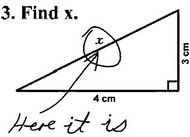A Pattern Language
I wrote before that one of my favorite books is Christopher Alexander's "A Pattern Language." Just as a taste, here is pattern number 22. See his website for much, much more.
Nine Per Cent Parking
Very simply - when the area devoted to parking is too great, it destroys the land.
Very rough empirical observations lead us to believe that it is not possible to make an environment fit for human use when more than 9 per cent of it is given to parking.
We conjecture as follows: people realize, subconsciously, that the physical environment is the medium for their social intercourse ... we suspect that when the density of cars passes a certain limit, and people experience the feeling that there are too many cars, what is really happening is that subconsciously they feel that the cars are overwhelming the environment, that the environment is no longer "theirs," that they have no right to be there, that it is not a place for people, and so on.
After all, the effect of the cars reaches far beyond the mere presence of the cars themselves. They create a maze of driveways, garage doors, asphalt and concrete surfaces, and building elements which people cannot use.
It is essential to interpret this pattern in the strictest possible way. The pattern becomes meaningless if we allow ourselves to place the parking generated by a piece of land A on another adjacent piece of land B, thus keeping parking on A below 9 percent ... we must not allow ourselves to solve this problem on one piece of land at the expense of some other piece of land.
What about underground parking? May we consider it an exception to this rule? Only if it does not violate or restrict the use of the land above. ... underground parking may be allowed only in those rare cases where it does not constrain the land above at all: under a major road, perhaps, or under a tennis court.
We see then that the 9 per cent rule has colossal implications. Since underground parking will only rarely satisfy the conditions we have stated, the pattern really says that almost no part of the urban area may have more than 30 parking spaces per acre. This will create large changes in the central business district. Consider a part of a typical downtown area. There may be several hundred commuters per acre working there; and, under today's condition, many of them park their cars in garages. But if it is true that there cannot be more than 30 parking spaces per acre, then either the work will be forced to decentralize, or the workers will have to rely on public transportation.
An overview of the book.
Technorati Tags: Parking, Cities, Pattern Language, Transportation







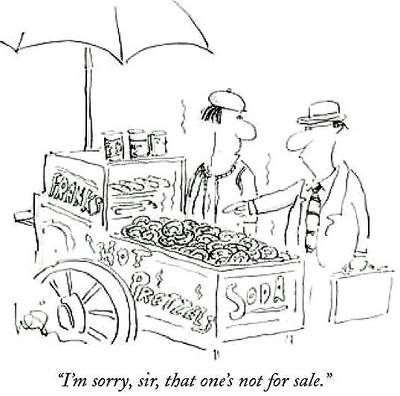





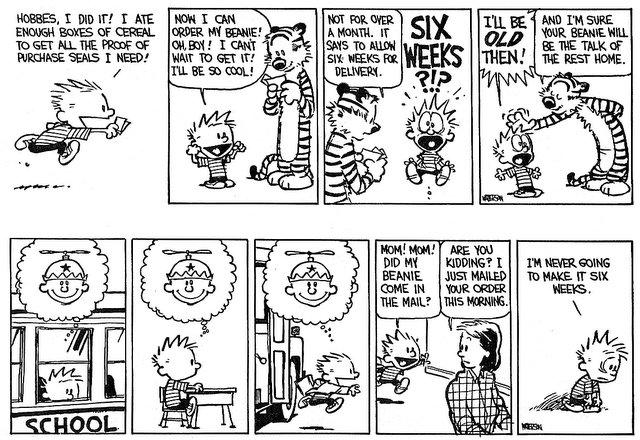



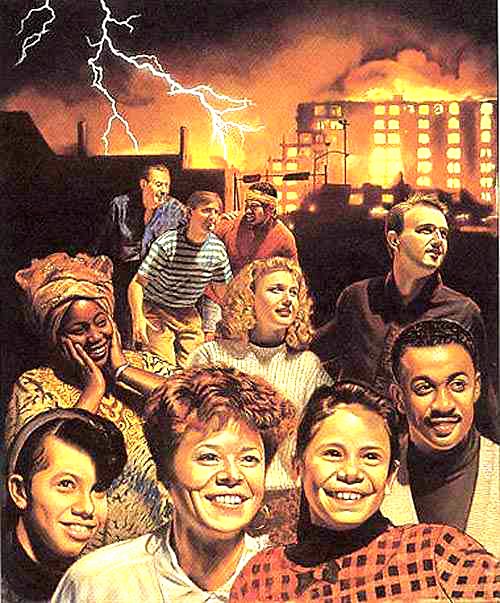

















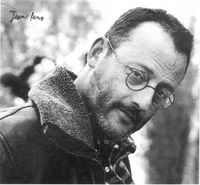





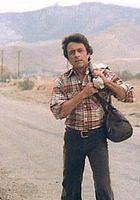


 A few of my daughter
Melina's great posts:
A few of my daughter
Melina's great posts:







